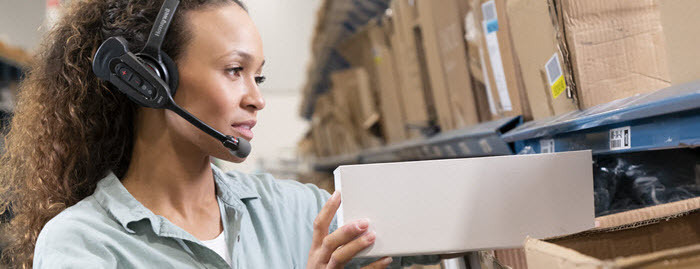The transition towards digital forwarding platforms
12 Jan 2023
4 min read
According to consultancy Transport Intelligence (Ti), forwarders that cannot offer transparency, easy quotation and booking options, and the desired level of customer services shippers demand will quickly lose customers to those that can. That is quite a statement. How do you make sure it won’t hit your business?
Acting transparent to optimize the customer experience
It’s no surprise that customer demands are increasing. That is not only applicable when referring to the consumer market – it also affects the logistics industry. Whether you buy a product on Amazon or outsource the transportation of your goods; you expect a great level of customer service. From the moment you request a quote and place your order until the very moment it is delivered at your doorstep. In fact, it is all about transparency – what will be delivered, against what price, and when can I expect it to arrive? We’re talking about scaling up your service and optimizing the customer experience. That may sound like a no brainer but be aware: it will have a major impact on your business flows. In the background business and communication flows must run like a well-oiled machine to ensure a good handling. Whether it concerns delivering goods at the right place at the right time or the communication with your customers. That’s where technology comes in handy to put your data to work.
Digital platforms the backbone of today’s logistics
More than ever, technology is the backbone of a successful business. In today’s digital world, outdated IT systems limit the ability of organizations to address the most important challenges and quickly adopt opportunities. Hence, the importance of data is growing in order to support efficient and future-proof logistics. Besides, the availability of relevant information is crucial to make the right decisions and to ensure that the flow of goods run as efficiently and effectively as possible. Something that can only be achieved with a future-proof solution. According to Nick Bailey, head of research for the London-based consultancy Transport Intelligence (Ti), there is still a lot of discussion when it comes to technology in the forwarding market and how that might aid operational efficiency, generate a competitive advantage and increase value for shippers.
Adoption of digital forwarding platforms
Large shipping companies and 3PL suppliers already invested a lot of time and effort in learning to understand the problem they have and started using technology to maximize their profits. Still, there is a lot of work to be done to exploit the full value of technology. Part of this has to do with the maturity of the technology itself – think about blockchain for example – but it mostly has to do with the willingness of companies to adopt new solutions and a different way of working. Dutch Bank ABN AMRO sees a similar trend that lack of priority and lack of knowledge (or information) are often the biggest obstacles to being able to extract value from collected data.
Digital forwarding platforms: a catalyst for change
In today’s digital world, legacy IT systems limit the ability of organizations to quickly and adequately address key challenges and opportunities. The question is how companies are taking the step from potential to concrete benefits.
“Experiment with data in the logistics chain” – Bram van Amerongen, Sector analyst Transport & Logistics at ABN AMRO
With the help of a good software solution – and of course the willingness to learn and experiment, you can reduce the complexity of IT and associated costs. Digital forwarding platforms are in fact a catalyst for change. They offer you the tools and insight to offer that much-needed visibility. Integrations with external parties, for example, can make it much easier to offer easy quotation and booking options. Simply by pulling that data realtime from INTTRA (sea freight), OAG (air freight) to easily plan, book and track shipments. Information that – if desired – can be automatically shared with customers.
Are you ready for the transition towards digital forwarding platforms?
Given these points, are you ready to hop on board and make the transition? We would love to hear your thoughts.







